USS Nimitz: One of The Biggest War Ships in the World
Named after Chester W. Nimitz, a commander of the United States’ Pacific Navy aircraft fleet, the USS Nimitz is one of the biggest aircraft carriers in the world today. This supercarrier of the US Navy was the first vessel to be launched under the Nimitz class nuclear-powered aircraft carriers. The warship was officially put into active duty in the year 1975 and from the time of its commission till now, USS Nimitz has had an illustrious repertory as a war vessel. The USS Nimitz aircraft carriers of the US Navy use nuclear power as a propelling power force rather the more conventional vessel-propelling fuels. Apart from the USS Nimitz, which is nicknamed as the Old Salt, there are nine other Nimitz class vessels in the fleet of the navy.
Built by Newport News Shipbuilding Company (now Northrop Grumman Ship Systems), the Nimitz class war ships are capable of cruising at a speed of speed of more than 30kt, and house 3,184 personnel, 2,800 aircrews, and 70 flags. As the USS Nimitz is the lead ship of her class, her sister’s vessels include USS Dwight D Eisenhower, USS Carl Vinson, USS Theodore Roosevelt, USS Abraham Lincoln, USS George Washington, USS John C Stennis, USS Harry S Truman, USS Ronald Reagan and USS George H.W. Bush. While the first vessel in this class was commissioned in May 1975, the tenth and last of the class-USS George H.W. Bush -was commissioned in January 2009. Having a lifespan of approximately 50 years, the Nimitz class aircraft carriers would sustain about 20 Years of operations without the need for refuelling.
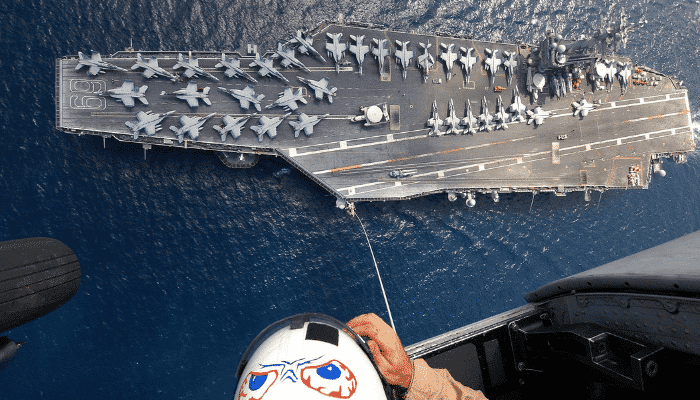
Under a $106.5 million contract, the construction of USS Nimitz started in 1968 at the facility of the Newport News Shipbuilding Company located in Newport News, Virginia. The keel of the warship was laid in June 1968 and the shipbuilder christened the largest aircraft carrier built and in service in May 1972. The US Navy took the delivery in 1975, and was commissioned at Naval Station Norfolk in May that year by President Gerald Ford. Originally categorised as a CVAN-68 vessel, the warship was re-categorised as CVN-68 vessel in the year 1975. In the over 30-years of its active duty, the features of the nuclear ship are unique and singular even when compared to the other eight ships in the Nimitz fleet.
Design and specifications of USS Nimitz
The 317 metres long USS Nimitz measures 40.8 metres beam wise and 11.9 metres draught wise, and has a displacement of over 1, 00,000 tons. The aircraft carrier offers a speed of 31.5 knots and is supplied by two water reactors, rather than the gas turbines or diesel-electric systems placed for propulsion on modern warships, that are pressurised or supercharged and run four turbines simultaneously. Before passing through four turbines of the two reactors, the water first heated through nuclear fission that produced by the reactors. Then the turbine powers four bronze screws. However, as an alternative source of vessel power source, diesel engines are also provided to function as an effective back-up.
Having a flight deck area of 4.5 acres, there is no comparison of the aircraft carrier with any other warship operating in contemporary times. The actual air-deck of Nimitz class flagship measures 333 metres by 77 metres, while the runway length of the vessel is 300 feet. The air-space on the war vessel can be adjusted according to the nature of the mission to which the ship has been deployed. In addition, the aircraft carriers of this class feature the angled flight decks with a CATOBAR arrangement, which helps operates the aircrafts with steam catapults and arrestor wires for launch and recovery. Different from the STOVL arrangement applied on smaller aircraft carriers earlier, this arrangement allows faster flight deck operations with different kinds of aircrafts on-board. With a much spacious flight deck, the Nimitz-class carriers can accommodate an air wing with around 90 aircraft, including F/A-18E, F/A-18F Super Hornets, F/A-18A and F/A-18C Hornets. Moreover, USS Nimitz and her sister vessels feature unlimited firing range and have state-of-the-art radar and other sensory defence systems in place for anti-aircraft warfare and missile defence.
The Nimitz-class aircraft carriers were designed to improve and strengthen the capabilities of the US Navy as those were built to replace the carriers of the Kitty Hawk class and Enterprise class. Thus, the new warships, different from those were decommissioned; feature two reactors that take less space than eight reactors used on previous warships. This helps the vessels to carry 90% more aviation fuel and 50% more artilleries when compared to the previous ones. Since the USS Nimitz was designed during the time of the Vietnam War, various aspects of the vessel were planned according to the ongoing US military operations. Since the US was facing limitations over the survivability of aircraft carriers in the war, the new aircraft carrier was designed with facilities to store more aviation fuel and larger magazines. In addition, keeping in mind the new vessels have to be involved in the Cold War, the Nimitz class used nuclear power instead of oil for better service in blue water. The new design also proposed the capability to enhance the weapons systems according to the new intelligence and technological developments, enabling the vessels to carry out different kinds of operation according to the US Navy current requirements. Moreover, the aircraft carriers since USS Theodore Roosevelt were manufactured in modular construction in order to improve efficiency.
Service history of USS Nimitz
USS Nimitz has become an integral part of the US Naval force since the aircraft carrier has been efficiently responding to several of regional and international crises. After commissioning on 3 May, 1975, the lead ship of the Nimitz-class was deployed on 7 July 1976 to the Mediterranean Sea along with Carrier Air Wing 8. After receiving the Battle “E” for being the most efficient warship in the Atlantic Fleet, USS Nimitz returned to Norfolk on 7 February 1977, before beginning its second Mediterranean cruise on 1 December 1977. Nimitz again sent to her previous deployment area on 10 September 1979 and later sailed to the Indian Ocean in order to respond to the Iran hostage crisis as part of Operation Evening Light. After spending 144 days at sea, USS Nimitz returned home 26 May, 1980.
WATCH: A Documentary on USS Nimitz – Carrier
During the fourth deployment in 1981, USS Nimitz, along with USS Forrestal, took part in an exercise named Freedom of Navigation in the Gulf of Sidra, on the northern coast of Libya. The exercise also saw two Libyan Su-22 Fitters firing upon before being shot down by the US Navy. Later in the decade, during the 1988 Seoul Olympic Games, the warship was sent to the waters off the coast of South Korea in order offer security for the games. After the completion of the Seoul Olympics, USS Nimitz was assigned to participate in the Operation Earnest Will, to protect the Kuwaiti tankers in the North Arabian Sea.
During 1990s, Nimitz’s first deployment was to the Arabian Gulf on 25 February 1991, replacing USS Ranger in the Operation Desert Storm. Later in 1993, the most efficient aircraft carrier in the US Navy was deployed to support the Operation Southern Watch in the Arabian Gulf. On November 1995, Nimitz was assigned to cruise through the Western Pacific, Indian Ocean and Persian Gulf, during which the carrier passes through the Taiwan Strait to become the first US Navy warship to do that since 1976. Before beginning a high-intensity strike campaign in July 1997, USS Nimitz participated in Joint Task Force Exercise 97-2 off the coast of southern California. In September, Nimitz began an around-the-world cruise before entering the Newport facility to undergo an overhaul in order to enhance refuelling capabilities. USS Nimitz’s re-entry to the waters after renovation was marked by an unfortunate incident in 1998 when one of the sailors aboard was killed after a 20mm cannon on a jet was fired by mistake. The incident also led to an explosion of another six aircrafts abroad the ship.
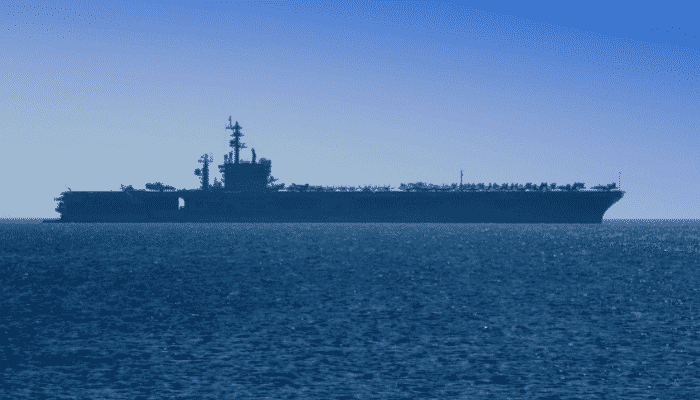
After completing her mid-life refuelling overhaul, Nimitz’s first sail was to give support to the US operations in Iraq and Afghanistan, in 2003 and 2005. In addition, the years of the millennium saw the warship receiving awards including; the Battle “E” for being the efficient aircraft carrier in the Pacific Fleet, the US Navy Unit Commendation and Admiral H. Flatley Memorial Award, among others. After relieving from the Gulf operations, USS Nimitz actively participated in Malabar 2005, an annual military exercise between the navies of the US and India. In the last three years of the previous decade, Nimitz was assigned to Asia to fulfil the U.S. commitment to peace and stability in the region, and also took part in Operation Enduring Freedom carried out in Western Pacific.
In 2013, Nimitz was again sent to an eight-month deployment in Western Pacific, while in November 2014, Nimitz participated in a two-week multi-national fleet exercise which saw the presence of the Third Fleet, as well as ships from the Royal Canadian Navy and JMSDF. The exercise also saw the US Navy’s first 5th generation JSF, F-35 Lightning, landing on an aircraft carrier for the first time at sea. After undergoing a 20-month long maintenance cycle started in 2016, the warship returned to the waters earlier this year. According to the reports, the current location of the vessel is in the Pacific as the carrier was sent to join the USS Carl Vinson and USS Ronald Reagan carriers to watch over North Korea.
USS Nimitz was originally docked at the Norfolk Naval Station up till the year 1987. From then on to 2001, Puget Sound in Washington became the home port for the war vessel. In 2001, following restoration and overhauling, the ship’s home port was transferred to San Diego’s NAS North Island. In the year 2011, the ship’s home port has yet again been transferred – this time to Everett in Washington.
The warships, including USS Nimitz, have helped the United States’ military forces to combat and counter attacks and in highly tough situations. In their absence, the country’s armed forces would not have been able to ward off assails which could have had a debilitating effect on the global security.
Do you have info to share with us ? Suggest a correction
Latest Type Of Ships Articles You Would Like:
Subscribe To Our Newsletters
By subscribing, you agree to our Privacy Policy and may receive occasional deal communications; you can unsubscribe anytime.



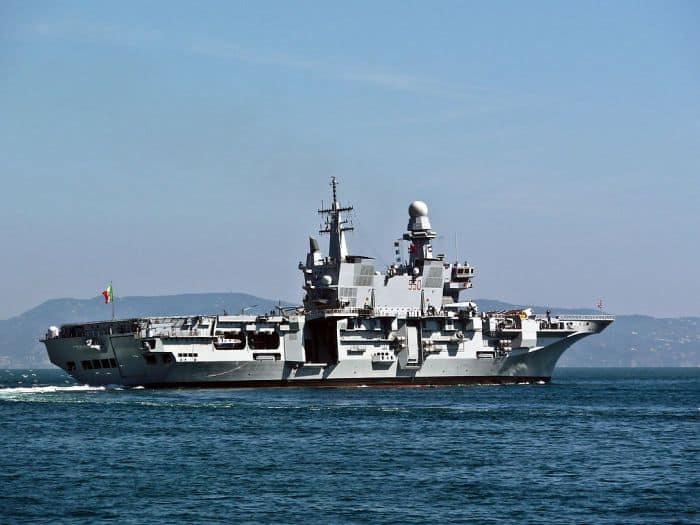
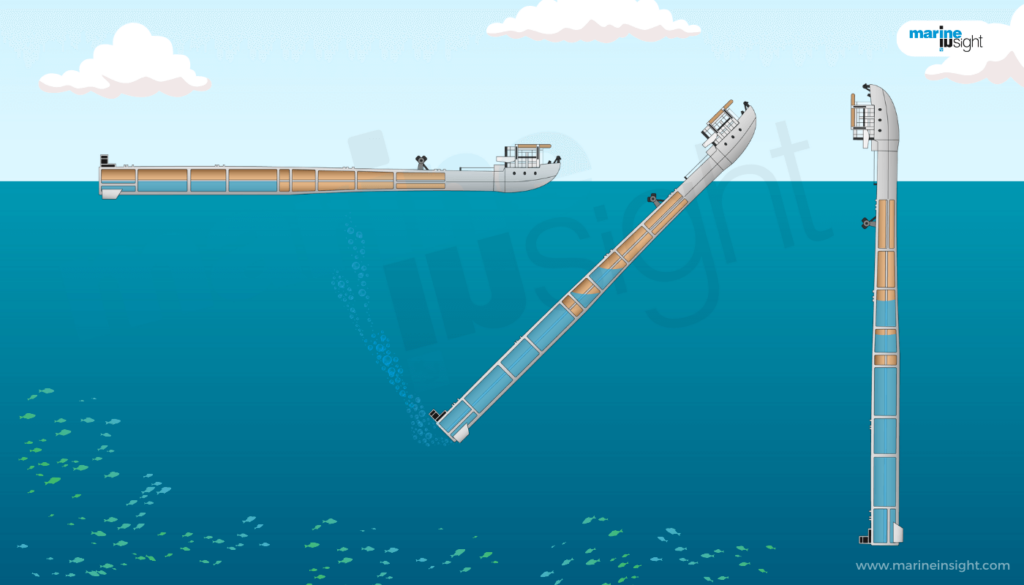
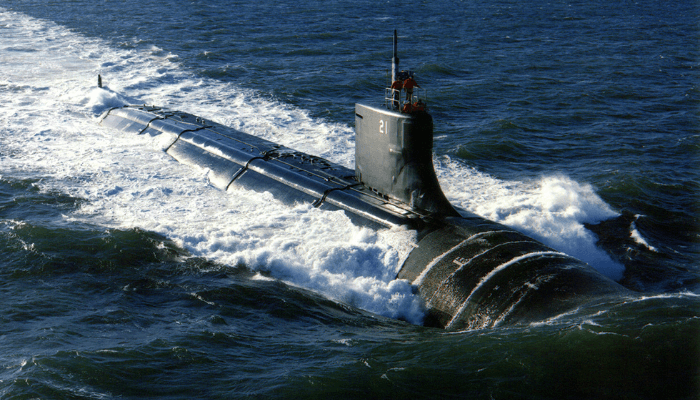
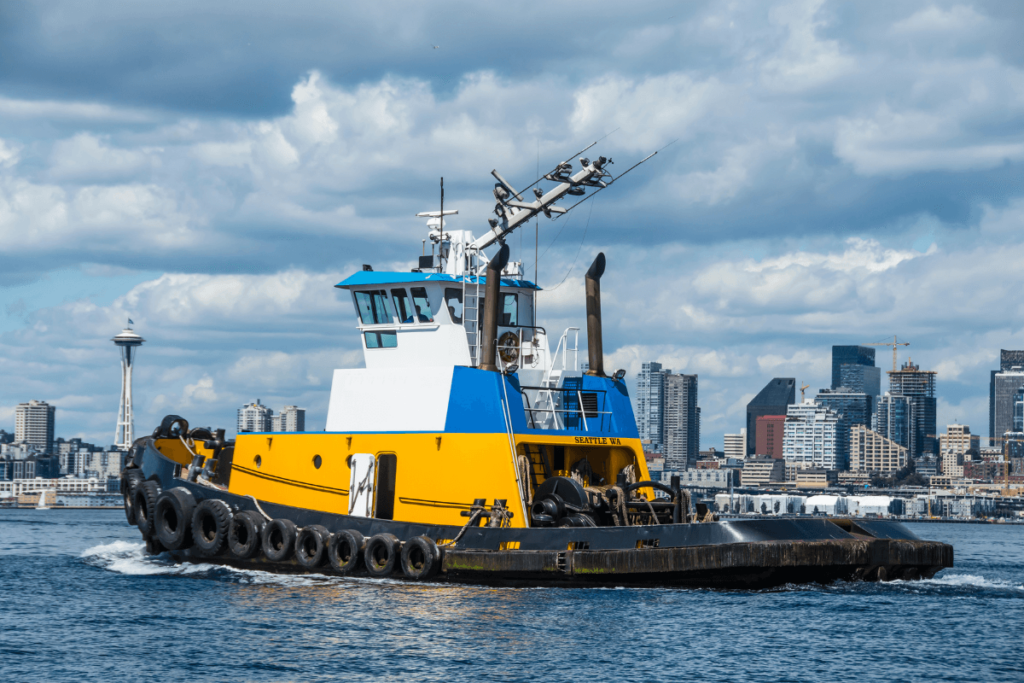
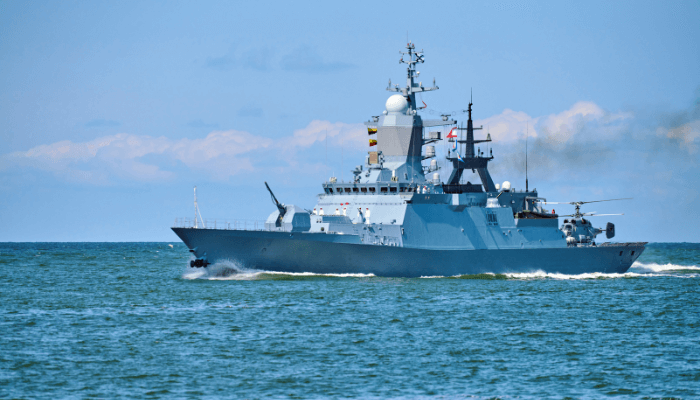
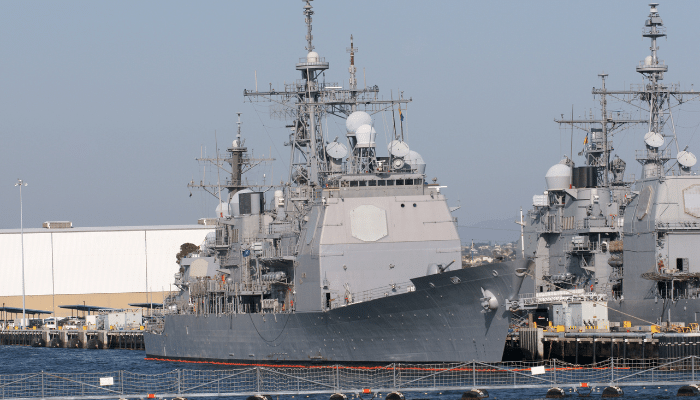

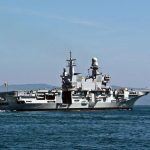
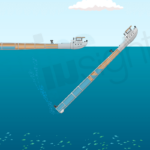
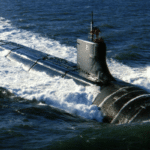
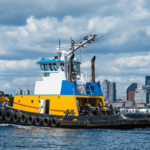
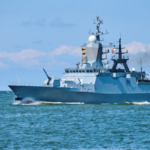
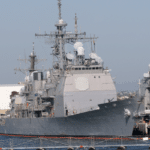
Wow !!! A true guardian of our library.
Loved the article, but don’t appreciate the metric measurements/lack of feet scale.
I’m glad you enjoyed the article! We understand that different regions use different units of measurement, and we apologize for any inconvenience caused by the use of metric measurements. We will make sure to consider including both metric and imperial units in future articles to better serve our readers. Thank you for your feedback!
I was on her from ’87 to ’90 during Operation Earnest Will!
Thank you for your service Dan ! Salute !